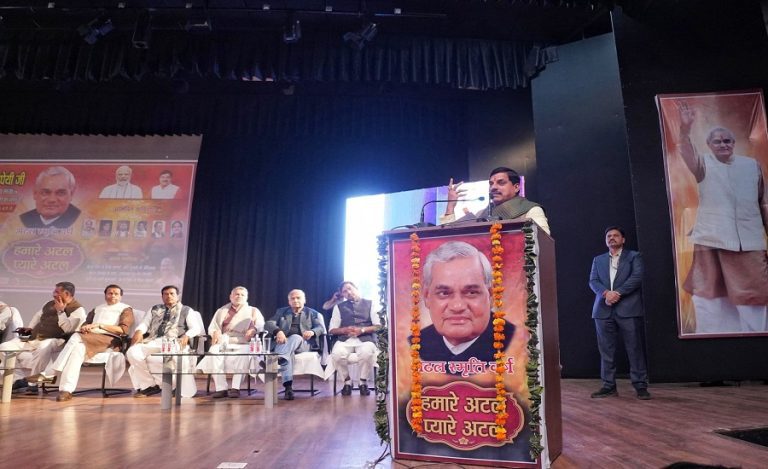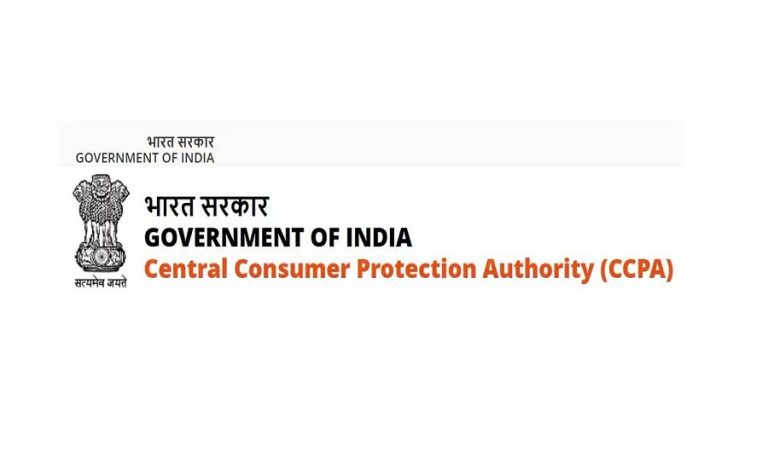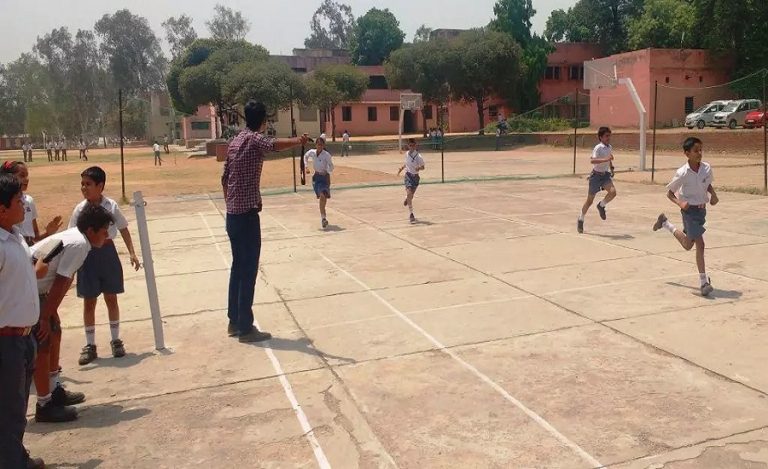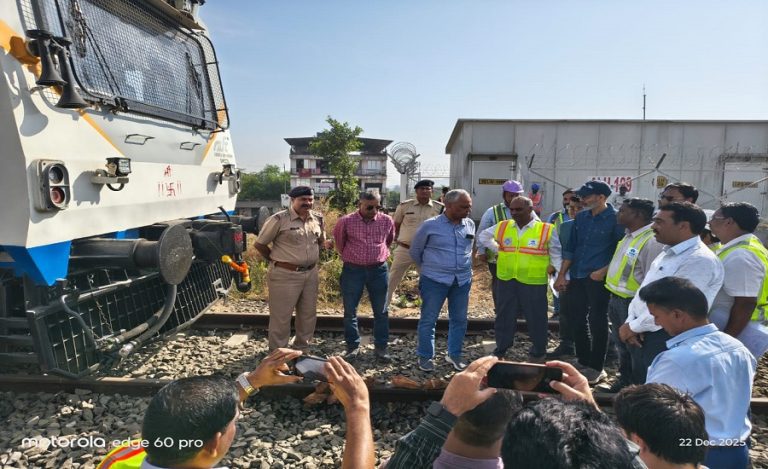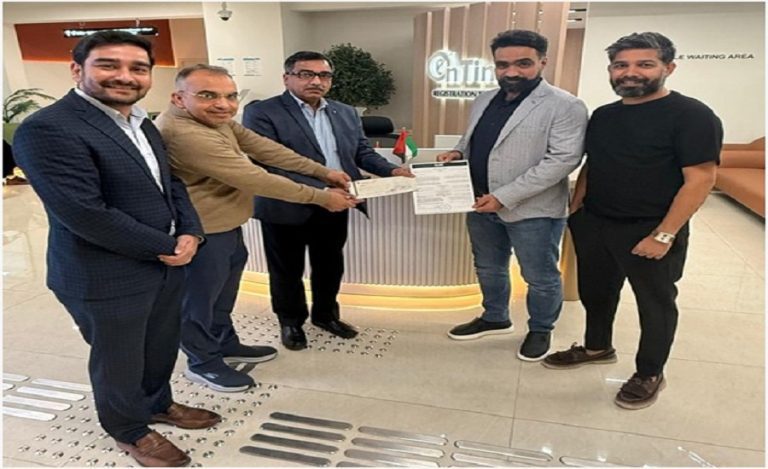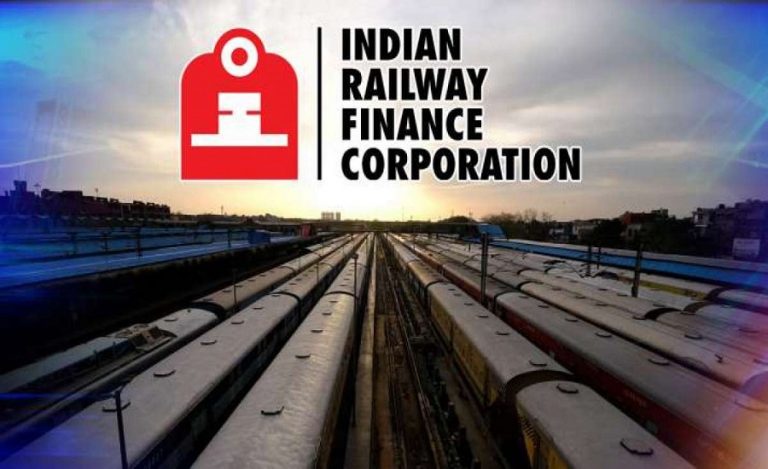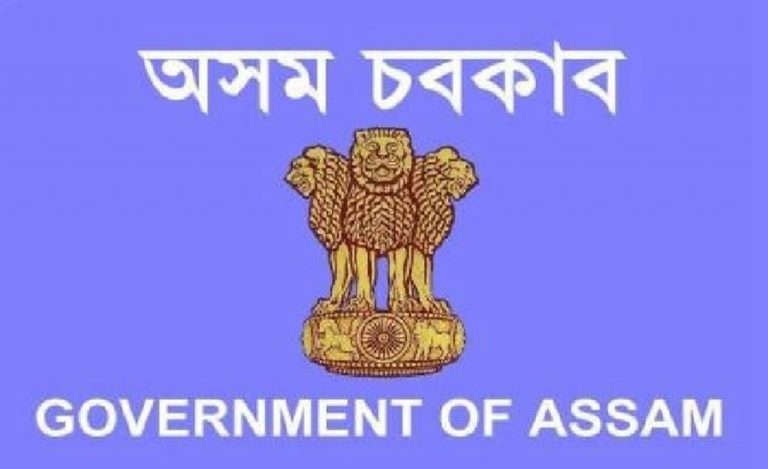The Indian Air Force (IAF) is taking a major step to upgrade its fighter fleet, issuing a formal Request for Information (RFI) for the procurement of 100 advanced Aircraft Self-Protection Jammer (ASPJ) pods tailored for the Sukhoi Su‑30MKI platform. This initiative represents a decisive move to enhance the electronic warfare (EW) survivability of India’s mainstay air superiority fighter in highly contested threat environments.
Background of Su-30MKI ASPJ Pods Upgrade
The Su-30MKI fleet, built in partnership between Russia’s Sukhoi Design Bureau and India’s Hindustan Aeronautics Limited (HAL), has been the backbone of the IAF since its induction in 2002. Over the years the aircraft has been upgraded with newer weapons, avionics, and even cruise-missile capability, but electronic threats such as advanced radars and missile guidance systems are evolving rapidly.
The MoD’s step to procure ASPJ pods is part of the broader “Super Sukhoi” upgrade roadmap which aims to transform the Su-30MKI into a more resilient, networked, multi-domain platform.
Importance of the Su-30MKI ASPJ Pods Upgrade
This upgrade is significant for several reasons:
Enhanced Survivability: With adversaries fielding sophisticated integrated air-defence systems, radars and missile threats are intensifying. The ASPJ pods give the Su-30MKI fleet an “invisible shield” of electronic protection, crucial for contested airspace operations.
Fleet Relevance: By upgrading existing fighters with high-end EW capability, the IAF extends the operational relevance of a large asset base, rather than relying solely on new platform induction.
Indigenisation & Self-Reliance: The move aligns with India’s “Make in India” push for defence manufacturing, with expectations of domestic industry participation (such as HAL, BEL, DRDO) in design, integration and production — reducing dependence on imported EW pods.
Strategic Signal: Upgrading the Su-30MKI fleet sends a clear message to regional adversaries about India’s intent and capability to operate and defend in heavily defended threat zones.
Key Challenges to Watch
While the acquisition is a positive step, several challenges will need to be managed:
- Fitting advanced jammer pods onto the Su-30MKI platform requires careful integration with existing avionics, sensors, defensive aids suite and weapon-systems.
- The requirement for advanced DRFM and GaN-AESA technology places high demands on suppliers; delivery within the 36-month timeline noted in the RFI will be tight.
- While initial procurement covers 100 pods, scaling across the fleet and maintaining lifecycle support could amplify cost and logistics demands.
- Adversary radar and missile systems are continuously evolving; ensuring these pods remain future relevant via modular upgrades will be crucial.
Key Implications
For India’s Air Dominance: With improved EW resilience, the Su-30MKI fleet will be better equipped to operate in highly defended zones — bolstering India’s air-dominance posture.
Regional Balance: The upgrade may prompt responses in the region — adversaries may hasten radar/missile acquisitions or electronic-counter-counter-measure development, thus influencing regional defence dynamics.
Industry Growth: Domestic EW development benefits India’s defence industry, potentially opening the door for exports of jammer pods or integrated suites to friendly nations.
Fleet Management Strategy: Extending life and capability of existing platforms allows budget focus to shift to future platforms, while maintaining credible force posture in present.
Way Forward
- The MoD will convert the RFI into a Request for Proposal (RFP) and award a contract to one or more firms capable of meeting the specification.
- Flight-test integration on Su-30MKI will need to commence soon, with squadron deployment of the new pods following upon certification.
- Parallel upgrades under the “Super Sukhoi” programme — including next-gen AESA radar, digital cockpit, and passive/active self-protection suites — should synchronise with the jammer pod rollout.
- The industry-DRDO ecosystem must establish production, integration and sustainment pathways to ensure timely delivery and future evolution of the EW suite.
- Monitoring export prospects and potential dual-use benefits will help recoup investment and strengthen India’s standing in the global defence-technology market.


